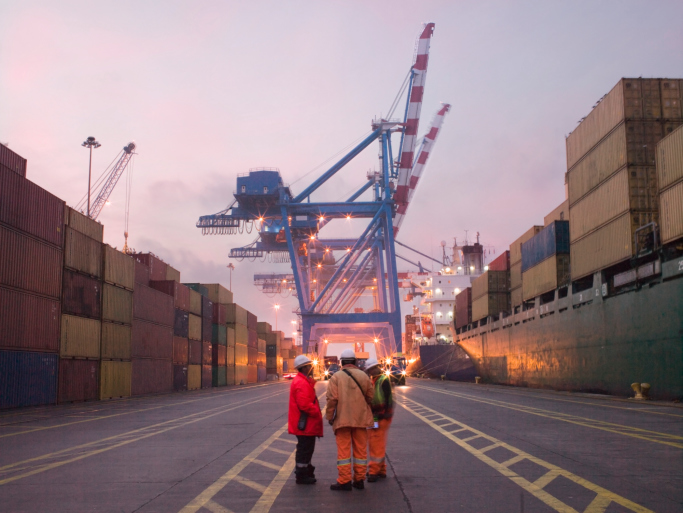July 9, 2014
Five Things You Didn’t Know About Crane Accidents
By Jonathan Damashek
Posted in
Go to the main Construction Accidents page
Any worker injured in a crane accident should talk to a qualified construction accident attorney to understand their legal rights. With a general contractor and multiple subcontractors active on many worksites, an injured worker may be entitled to received workers’ compensation and file a personal injury lawsuit against another contractor that is working on the same job site. We’ve successfully represented injured construction workers and we can help you.
Why Do Construction Site Cranes Collapse?
- Overloading – Even At Less Than “Maximum” Capacity
According to the National Institute of Occupational Safety and Health (NIOSH), each crane has a maximum loading capacity, and crane operators and companies must always stay aware of this maximum capacity to avoid exceeding it. A crane that attempts to lift or lower a load too heavy for its maximum capacity is clearly overloaded and can easily collapse.
However, some cranes collapse under the weight of loads that are less than the crane’s stated capacity. Due to the risk of collapse, NIOSH recommends that any lift weighing 70 percent or more of the crane’s total capacity be treated as a “critical lift,” with extra safety precautions taken to prevent collapse. It’s important to examine whether a crane operator and the contractors on site were taking extra precautions during a critical lift.
- Lack of Control Over the Hoisted Load
Federal work safety researchers also note the risks that come with lack of proper control over a hoisted load. A load that swings or rocks can easily collapse a crane. It can also cause other damage, such as hitting workers who are on scaffolding or who are located near the crane or the path of the swinging load. Crane operators who are not properly trained or who are distracted while operating the crane increase the risk of loss of control.
- Extending the Crane Too Far
Just as a crane has a maximum load limit, it has a maximum distance it can reach before it becomes unbalanced or collapses. Cranes come in many different designs: some can move under their own power, while others must be towed. Some cranes are designed for land use only, while others can be used on the deck of a ship. These and other factors all affect how a crane “behaves” in any given setting – and how far it can reach before it collapses.
- Hidden Weaknesses or Defects in the Crane
Not all crane collapse accidents result from the carelessness of crane operators. The collapse may result from hidden weaknesses or damage in the crane’s structure, defective maintenance or repair, or defective parts used in a proper repair. These “hidden dangers” can cause a crane collapse that even the most careful operator could not have foreseen or prevented.
- Failure to Communicate Properly With Crane Operators or Ground Crews
Many serious crane accidents are caused by miscommunication rather than collapse. A lack of clear communication can make any site a dangerous worksite. According to NIOSH, crane operators and ground crew should learn a set of standardized hand gestures for communicating with one another about the crane’s operation. Gestures include signs for raising and lowering the load, raising and lowering the boom, stopping, and moving more slowly. Crane riggers are frequently injured in construction site accidents because of lack of good communication. However, communication is only as good as the people who are paying attention to it. Crane operators sitting in elevated cabs may lose sight of a spotter or rigger. When crane operators or ground crew become distracted or use the wrong signals, disaster may result.
If you’ve been injured in a crane accident or in another construction site accident, talk to an aggressive New York injury lawyer at Hecht Kreeger & Damashek. For a free case review, call us today at 1-866-692-9199.